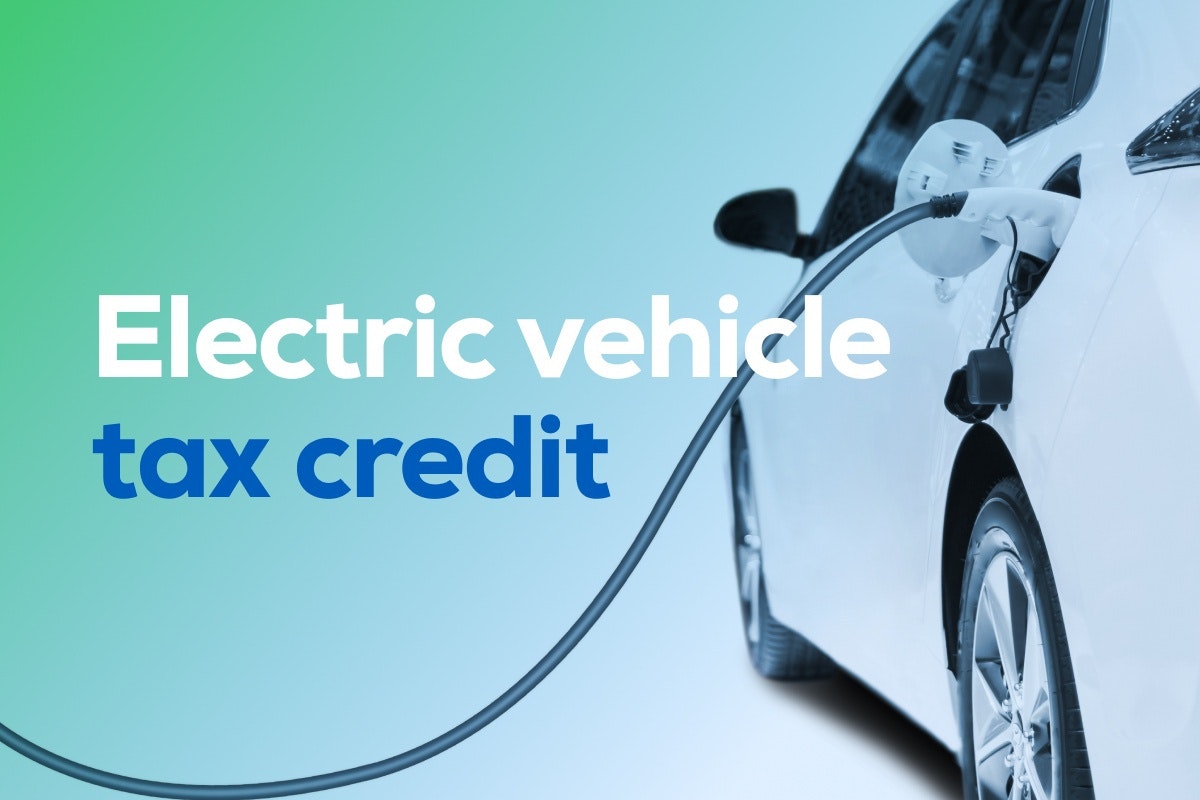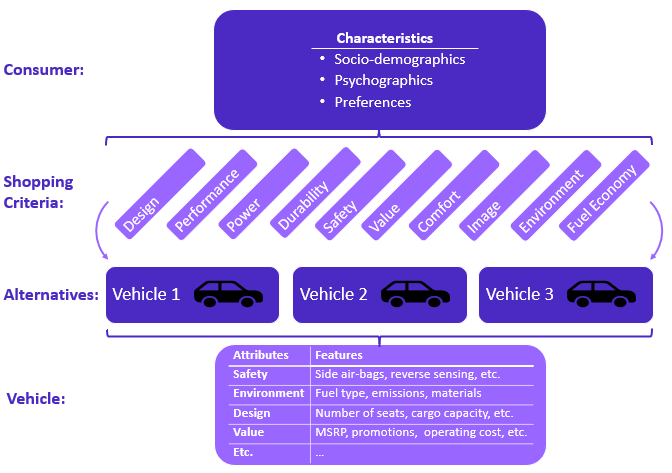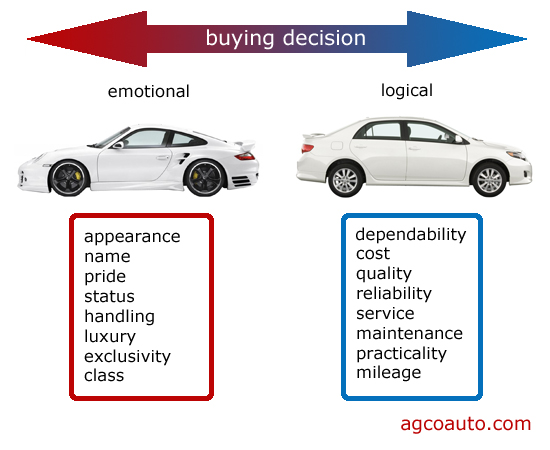Are you considering making the switch to an electric vehicle (EV)? If so, you’re not alone! With the growing demand for eco-friendly transportation and the enticing federal EV tax credit, it’s an ideal time to explore your options. In this comprehensive guide, we’ll help you navigate the exciting world of electric cars and show you how to make the most of the available tax incentives. By factoring the EV tax credit into your buying decision, you can save thousands of dollars while contributing to a cleaner, greener future. Read on to discover the ins and outs of this game-changing financial incentive and how it can supercharge your electric vehicle buying experience.
Understanding the EV Tax Credit: A Comprehensive Breakdown for Potential Electric Vehicle Buyers

Understanding the EV Tax Credit is crucial for potential electric vehicle buyers looking to make an informed decision. This comprehensive breakdown aims to simplify the complex world of tax incentives while highlighting their benefits. The federal government offers a tax credit of up to $7,500 for qualifying electric vehicles, reducing your overall purchase cost and making EVs more accessible. The amount varies depending on the size of the vehicle and its battery capacity, so it’s essential to research your desired model beforehand. Additionally, many states offer their incentives, such as rebates, reduced registration fees, and access to carpool lanes. By incorporating these financial incentives into your buying decision, you can maximize your savings and contribute to a greener future.
Maximizing Your Savings: A Step-by-Step Guide to Claiming the EV Tax Credit on Your Electric Vehicle Purchase

Maximizing your savings when buying an electric vehicle (EV) is essential, and the EV tax credit can significantly reduce your overall costs. To claim the credit effectively, follow this step-by-step guide: First, research and select an eligible EV that qualifies for the tax credit. Next, purchase your chosen EV and retain all relevant documentation, including the purchase agreement and registration. Then, consult a tax advisor or use tax preparation software to navigate the necessary IRS forms (Form 8936) for claiming the credit. Finally, submit your completed tax return and enjoy the financial benefits of driving a more eco-friendly vehicle.
The Impact of the EV Tax Credit on Your Electric Vehicle’s Total Cost of Ownership: Comparing Models and Incentives

When considering an electric vehicle (EV) purchase, it’s essential to understand the impact of the EV tax credit on your vehicle’s total cost of ownership. This financial incentive, designed to promote the adoption of eco-friendly transportation, can significantly reduce your upfront expenses. By comparing different EV models and their respective tax incentives, you’ll be able to make a well-informed decision about which one best suits your budget and lifestyle. Remember to research state-level incentives too, as these can further enhance the affordability of your chosen EV. Ultimately, taking advantage of these tax credits can make the switch to electric transportation more attainable and cost-effective.
How the EV Tax Credit Influences Your Electric Vehicle Financing Options: Exploring Leasing vs

The EV tax credit can significantly impact your electric vehicle financing options, particularly when it comes to leasing versus buying. Leasing often involves lower monthly payments, and the credit can be directly applied to reduce your lease payments further, making it an attractive choice for budget-conscious consumers. On the other hand, purchasing an EV allows you to claim the entire tax credit, potentially lowering your overall cost of ownership. By carefully considering the financial implications of the EV tax credit, you can make an informed decision that suits your needs, maximizes savings, and contributes to a greener future.
Buying

When considering buying an electric vehicle (EV), it’s crucial to factor in the available EV tax credit to maximize your savings and make an informed decision. Research the eligible vehicles and the corresponding tax credits offered by the federal government, as these incentives can significantly reduce the upfront cost of your EV purchase. Additionally, explore local and state incentives that may be available, as they can further enhance your overall savings. By incorporating these tax credits and incentives into your buying decision, you can not only reduce the initial investment but also contribute to a more sustainable and eco-friendly mode of transportation.
Navigating the Future of Electric Vehicles: Evaluating the Longevity and Sustainability of the EV Tax Credit in Your Buying Decision

Navigating the future of electric vehicles involves considering the longevity and sustainability of the EV tax credit in your buying decision. To make an informed choice, research the latest developments in government incentives and their potential expiration or reduction. Stay updated on the automaker’s progress towards reaching the sales cap of 200,000 units, which triggers a phase-out period for the tax credit. Analyze how the credit impacts the overall cost of ownership and weigh it against factors like fuel savings, maintenance costs, and environmental benefits. By understanding the current landscape of EV tax credits, you can effectively incorporate it into your electric vehicle purchasing decision.





GIPHY App Key not set. Please check settings